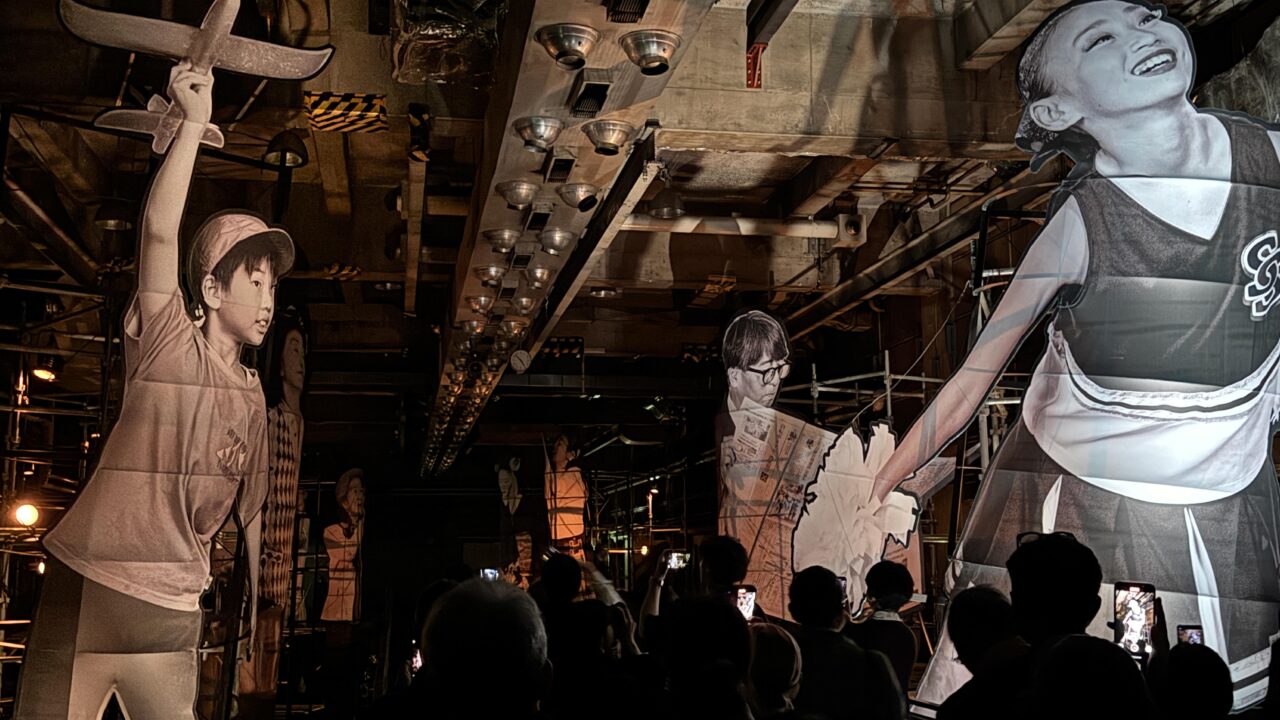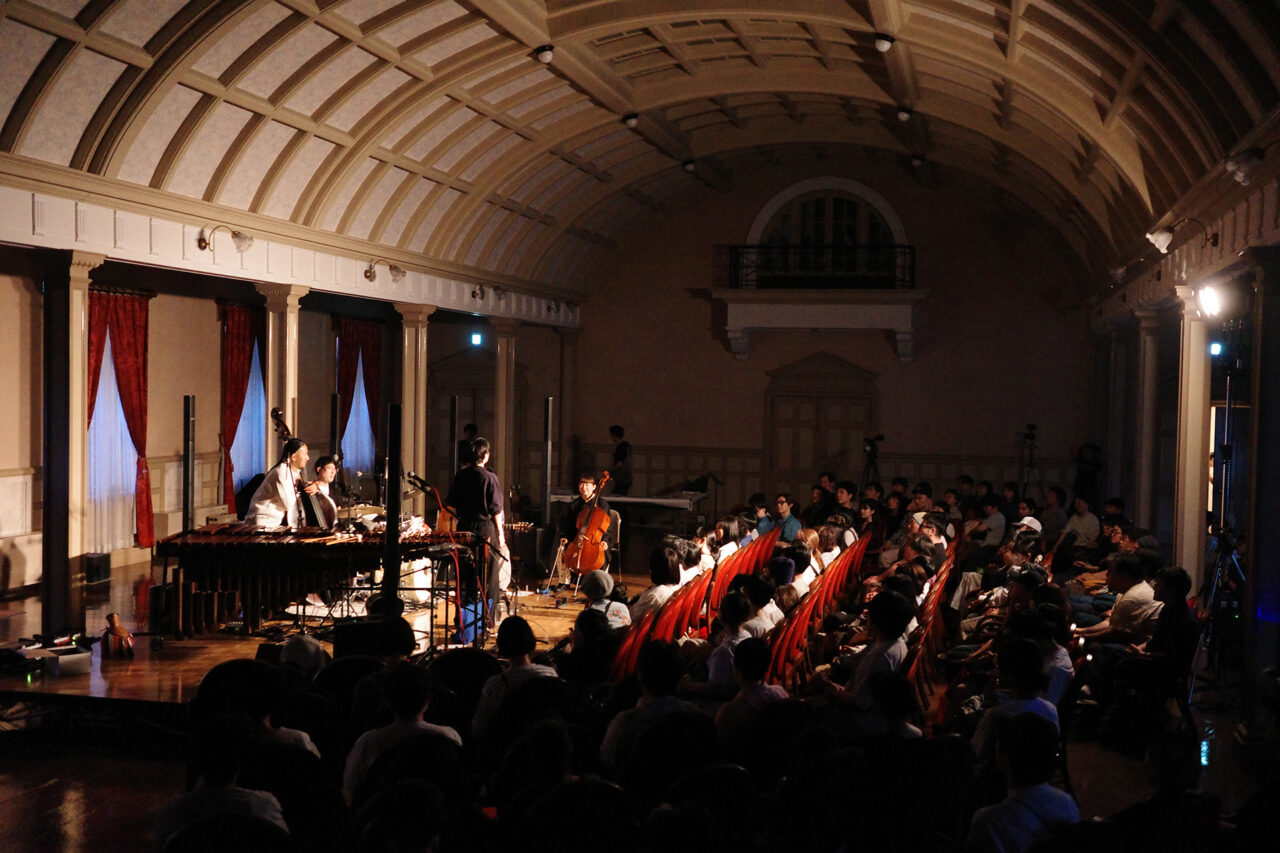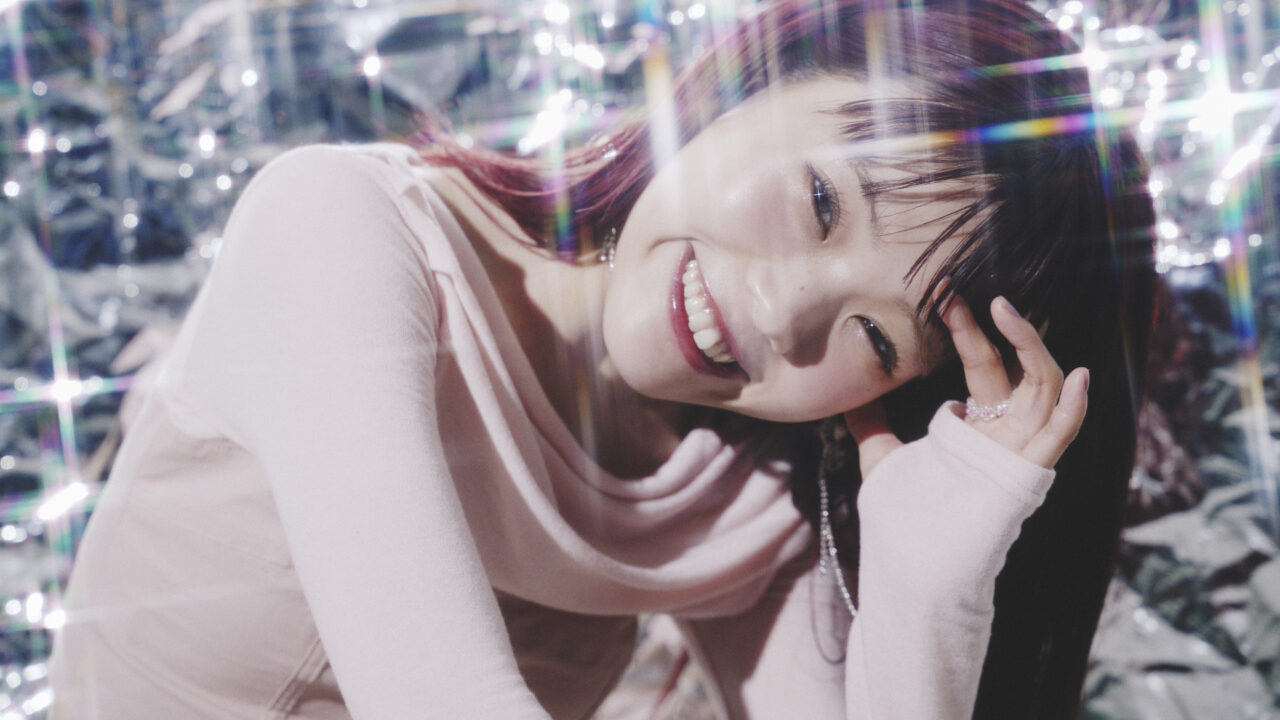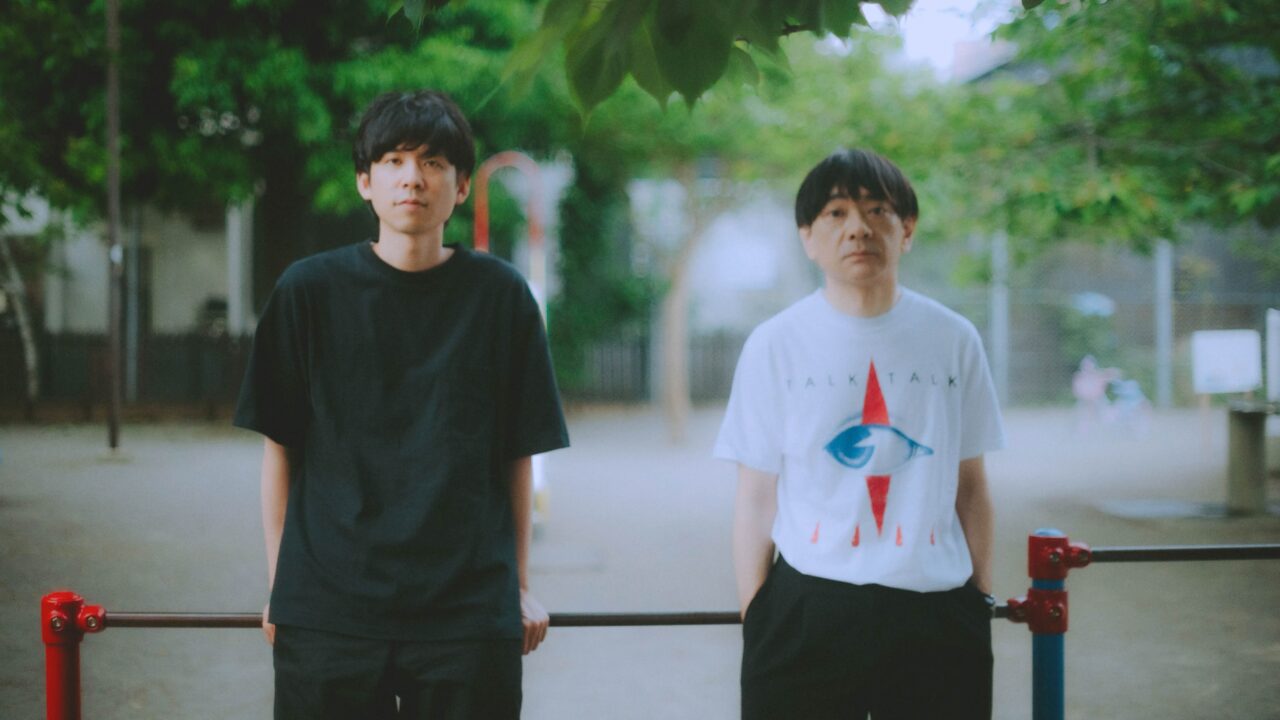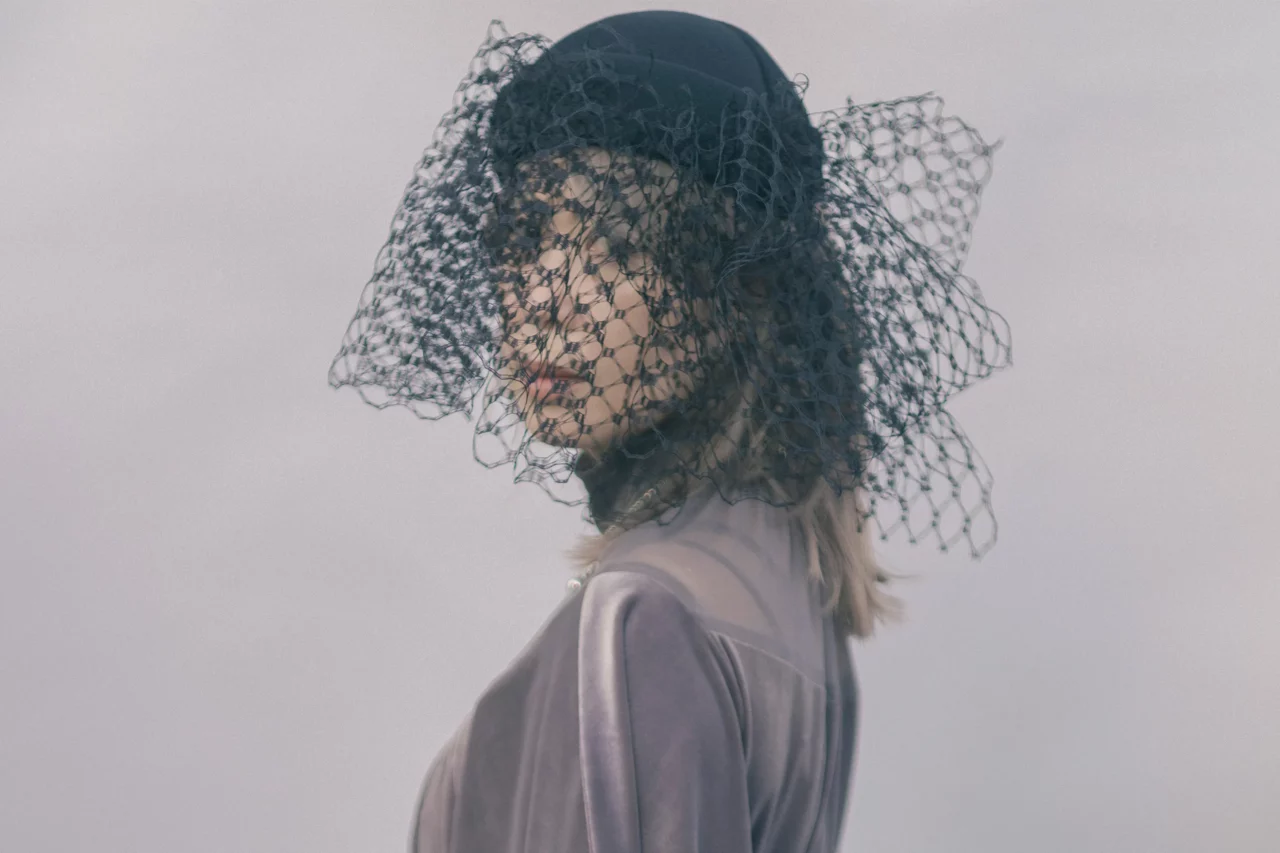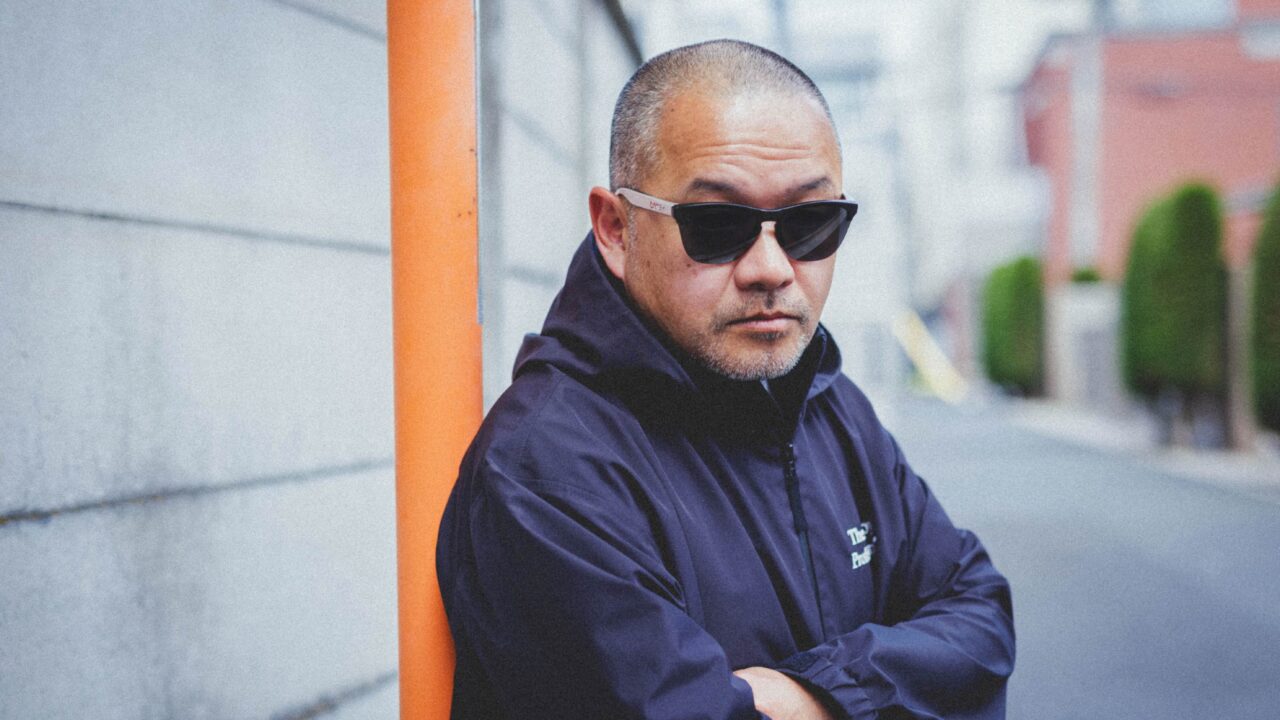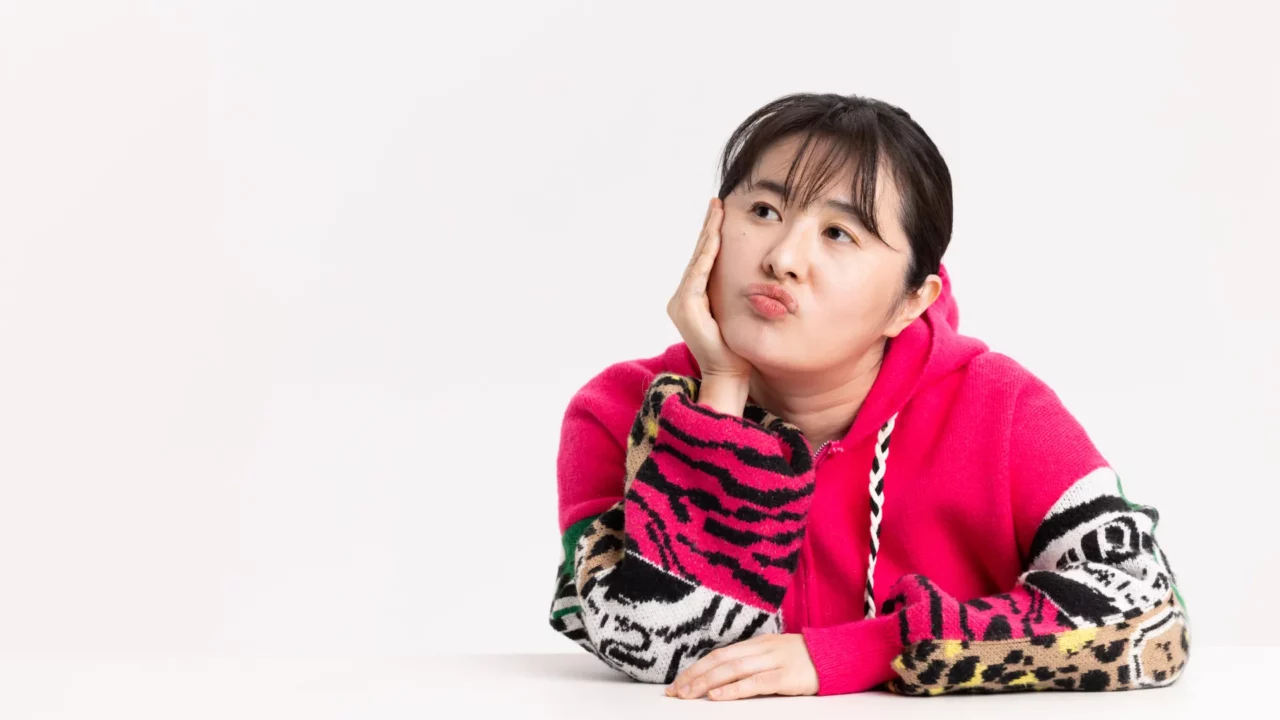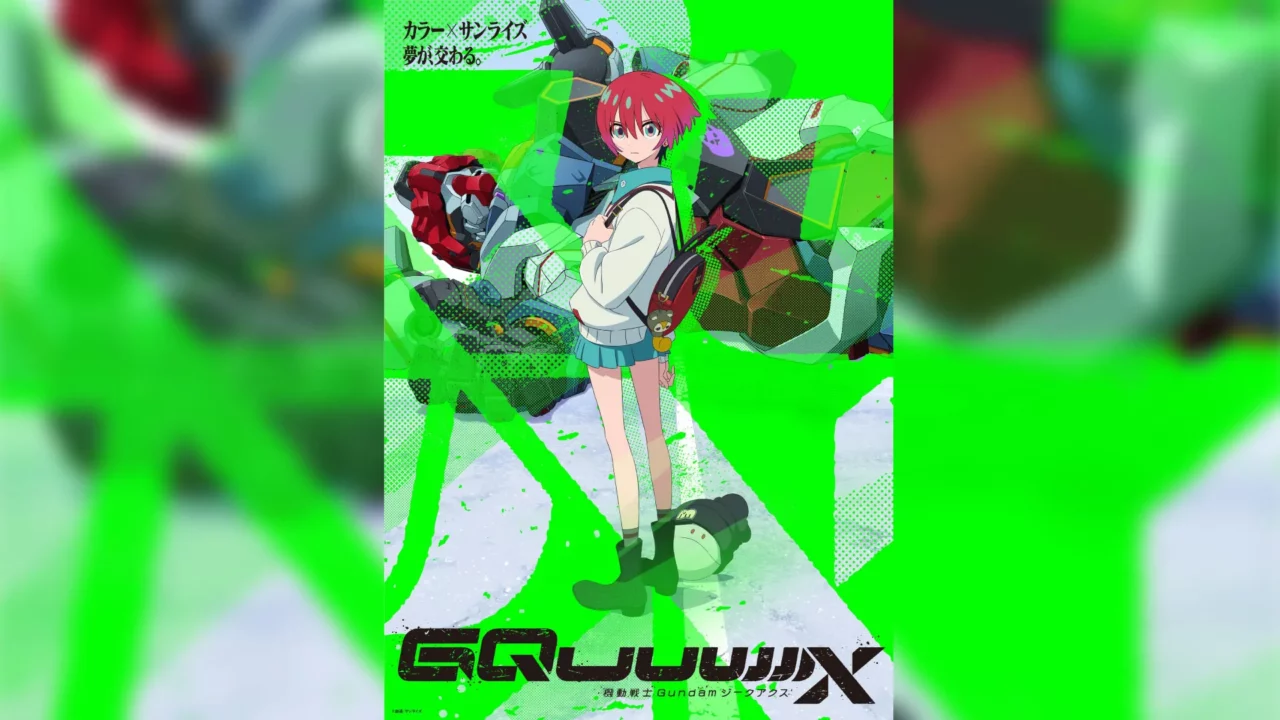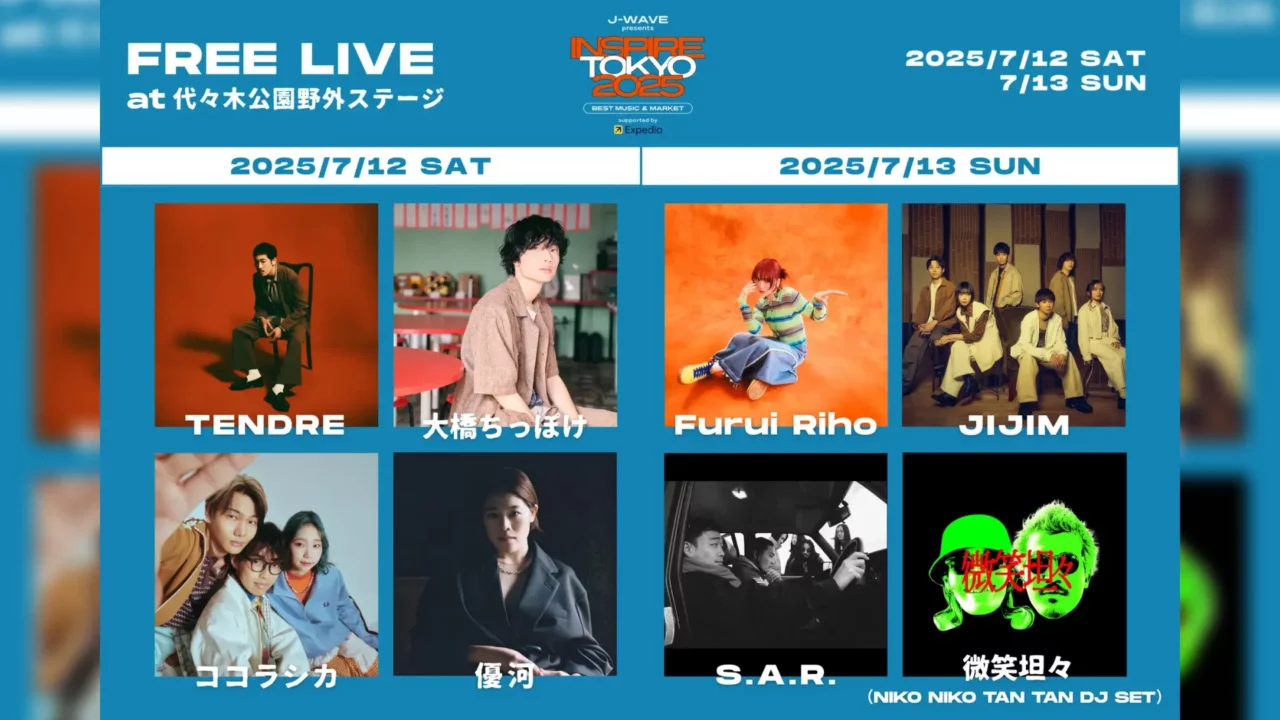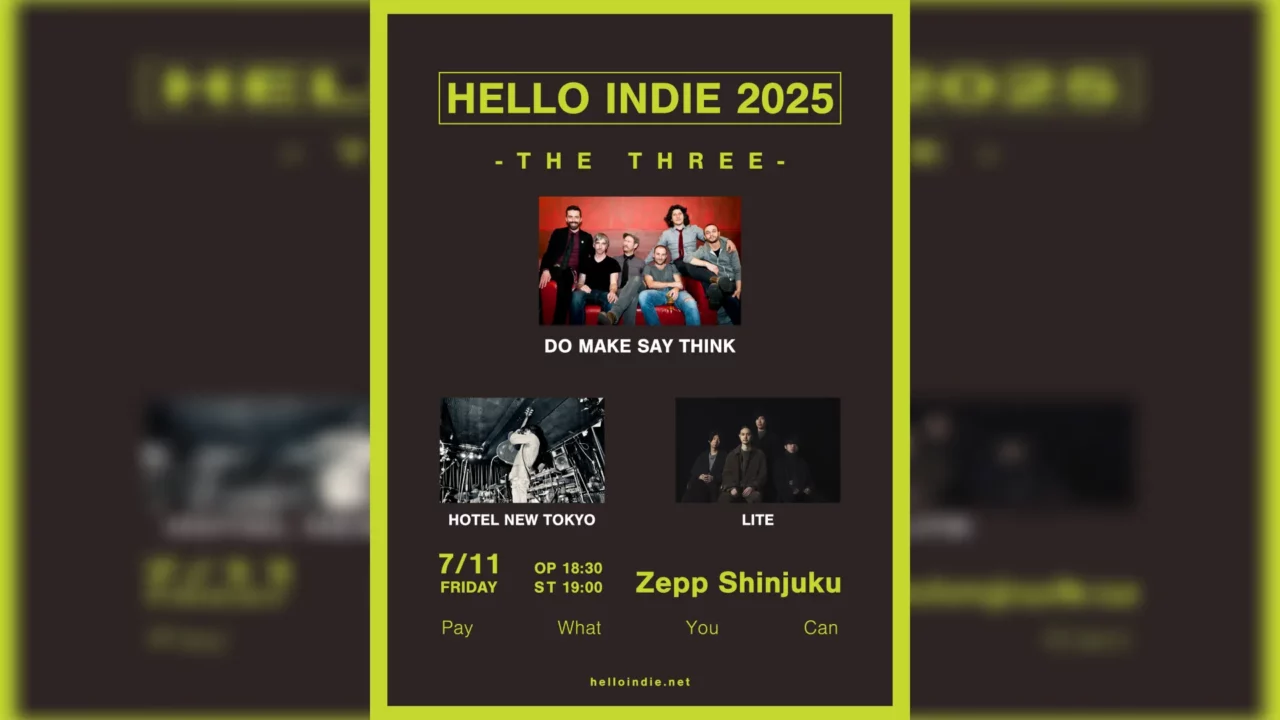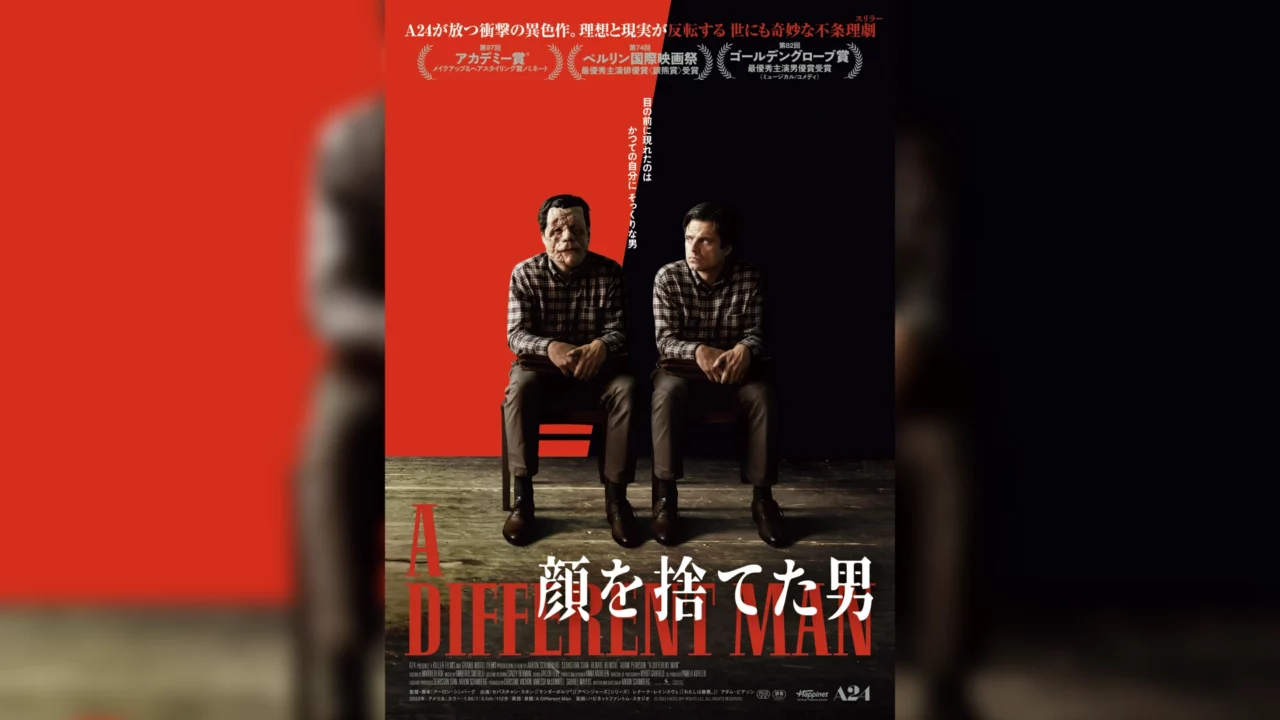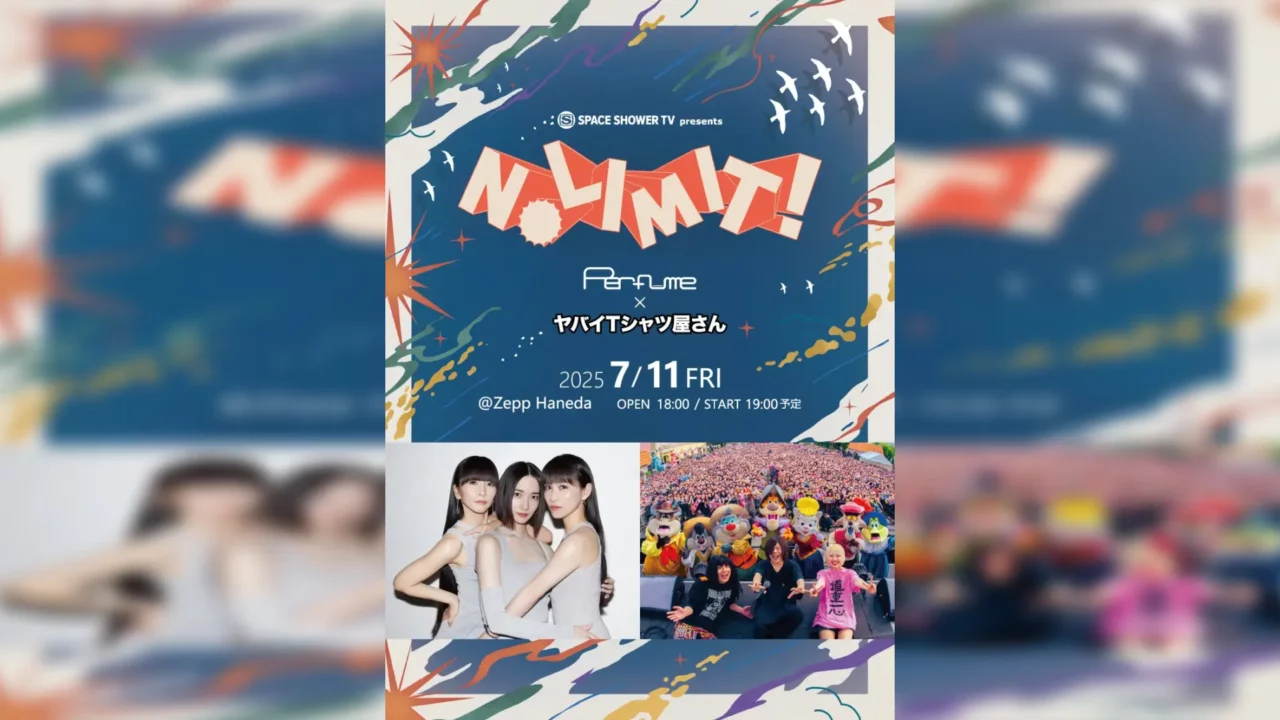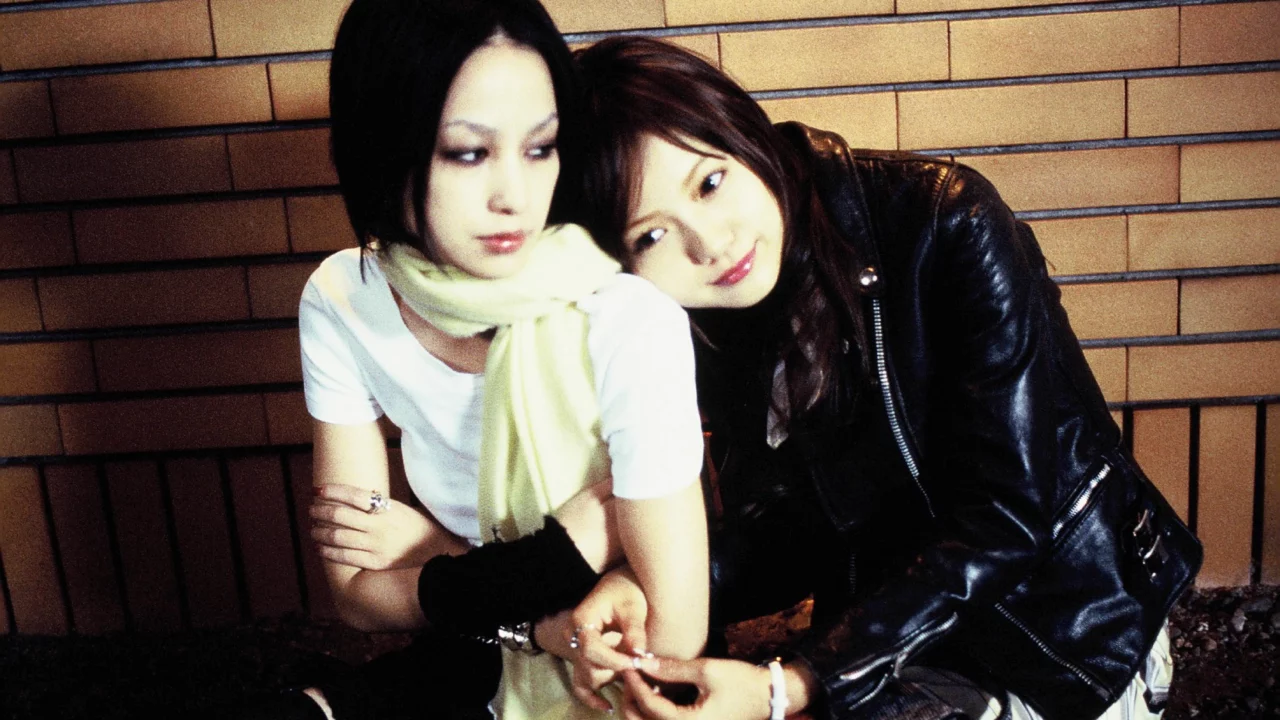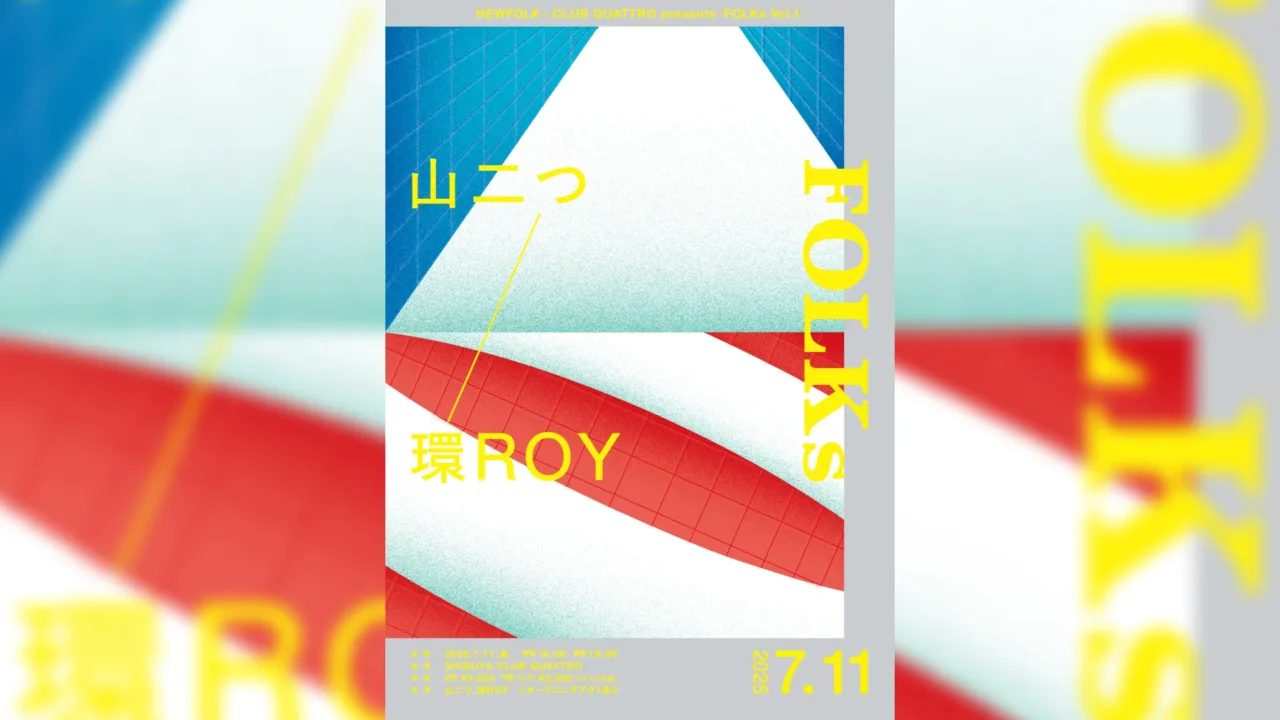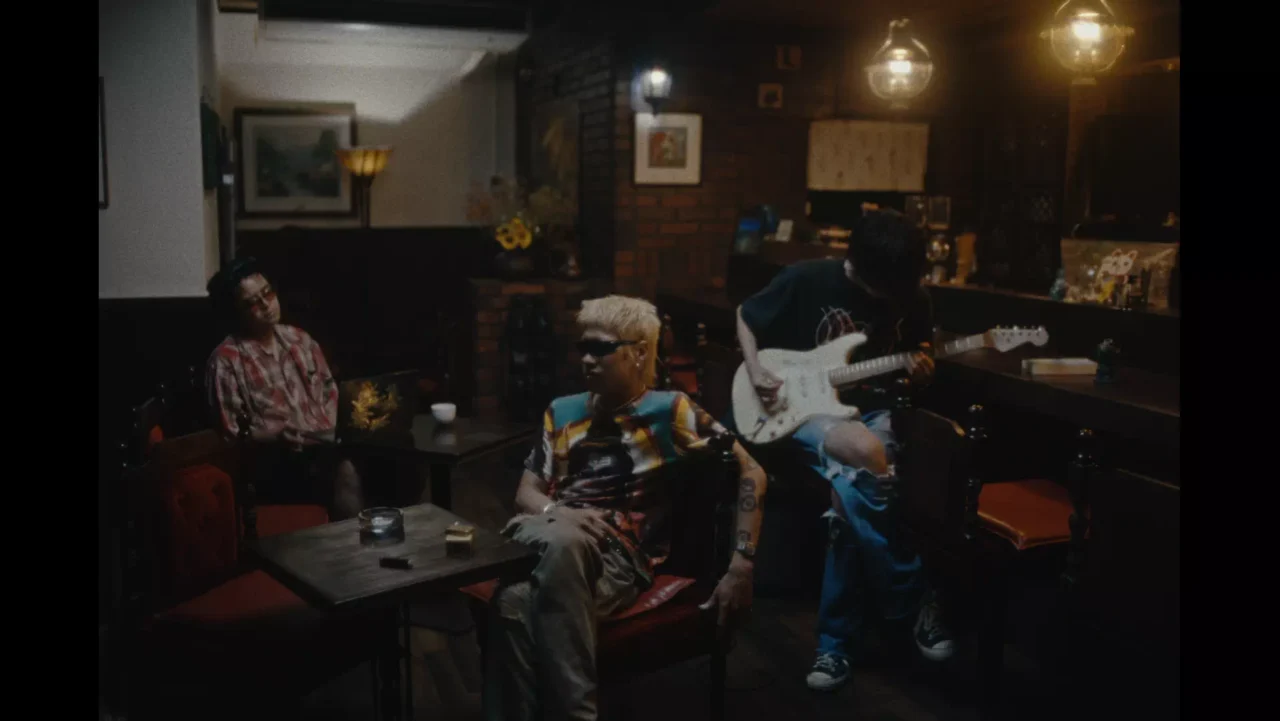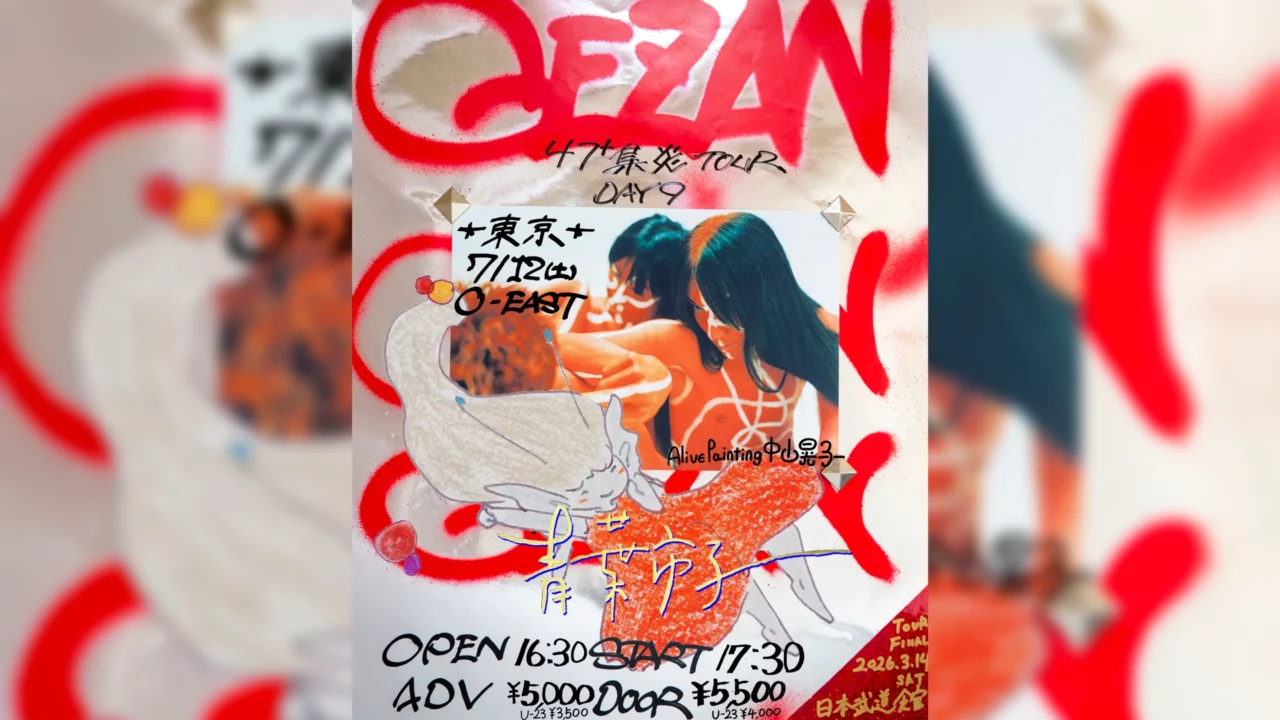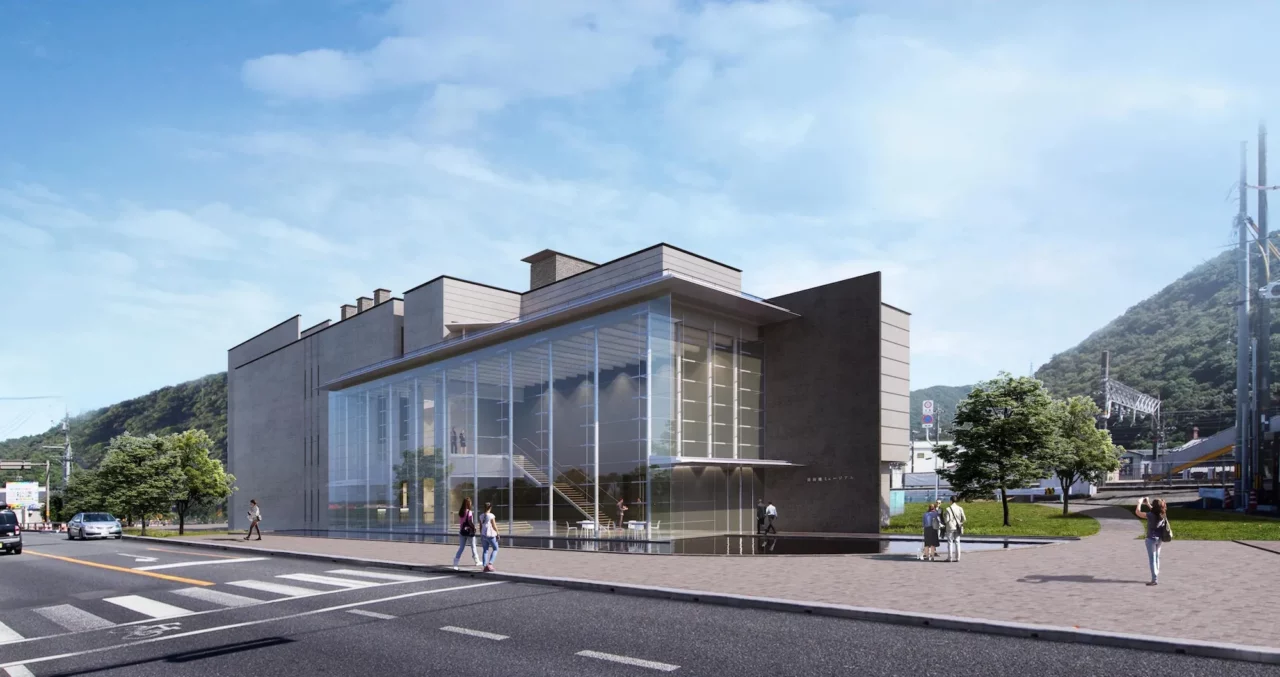A circle of friends connected by gootouch! The “FIST BUMP” corner of the radio program “GRAND MARQUEE” features people who live and enjoy Tokyo in a relay format.
On June 28, Susumu Yamane, a video and photo artist, was introduced by Shingo Kurono, a product designer and art director. We asked him about his motivation for video production and his ideas for original videos.
INDEX
First video production for a friend’s exhibition
Takano (MC): Shingo Kurono-san introduced you as a “philosophical filmmaker.
Yamane: You raise the bar so high (laughs). I’ve never been called that before (laughs).
Takano: I think you have your own philosophy, so I would like to dig deeper into it.
Celeina (MC): Yamane-san, you are active as a video and photo artist, but did you not set out to pursue photography or video when you were a student?
Yamane: I didn’t do that at all.
Takano: What kind of things did you do?
Yamane: I studied commerce at university. I was always interested in art, but I never thought I would end up making it myself.
Takano: What was your inspiration?
Yamane: It all started when a friend of mine who makes shoes asked me to make a video for an exhibition. I was like, “I don’t think I can do it, but I’ll do it,” and it was well received.
Takano: I think your friend understood your sense of taste, or perhaps he had a sense of trust in you.
From working at a publishing company to becoming a carpenter
Takano: I heard that you had various experiences before starting video production.
Yamane: First, I worked as a sales representative for a publishing company. After that, I worked for a master carpenter for a year, and I also worked in the forestry industry. I wanted to work with my hands, or rather, I wanted to work with my body.
Takano: But the turn of the wheel of life from publisher to carpenter is very steep.
Yamane: But when I was working as a carpenter, I thought I was very lucky to be able to learn how to build houses while getting paid at the same time.
Takano: Normally, you have to pay money to go to school to learn something, but you can learn while getting paid at the same time.
Celeina: Were you originally interested in architecture and houses?
Yamane: I was more interested in craftsmen. I thought they were cool. That’s why I started out filming craftsmen.
Celeina: The shoe footage you mentioned earlier is about following the process of making shoes.
Yamane: Yes, that’s right.
Celeina: If the video goes deep enough to show the backbone of the creator, the viewer will be very interested.
Takano: Since you yourself have experience as a craftsman, you are able to take a craftsman’s perspective when filming.
Yamane: I think it’s because I enjoy taking pictures.
A collection of photographs expressed through light and time
Celeina: You are planning to release a photo book in 2021, aren’t you?
Yamane: That’s right. It is not under my name, but I took all the photographs of ceramic artist Taizo Kuroda’s works and made a book of his works. It was organized by a company called Morioka Shoten in Ginza.
Takano: What is the title?
Yamane: It’s called “A day in February with light – Kuroda Taizo.
Celeina: So you actually brought it to the studio.

Takano: It’s like a diary.
Yamane: We shot with natural light only. We spent from sunrise to sunset in Taizo Kuroda’s studio, just me and the ceramics, with no one else in the room, from morning until night. I photographed all the transitions of light.
Takano: It’s a fixed point. The same composition is used, but the passage of time is written next to the photo, such as 6:20 or 9:48. The lighting changed little by little, giving the picture various expressions.
Yamane: I think the human eye compensates for changes in what it sees. I realized how much the hue of the light changes when it is recorded on camera.
Takano: It is interesting that this time axis makes the book more visual, even though it is a collection of photographs.
Yamane: I think that may have been one of the reasons I was asked to take the photographs.
Takano: How did you come up with the concept for the book?
Yamane: When I first went location scouting with Mr. Morioka of Morioka Bookstore in Ginza, we talked about doing only ceramics. Morioka-san and I asked him, “Can we do that? I think we decided at the time that that would be the best idea.
Celeina: It’s a simple yet very impactful concept, isn’t it?
Takano: Where can we get this one?
Yamane: You can inquire at Morioka Shoten. I think they still have some in stock.
Celeina: Now, I would like to send a song to you. What is the song that you would like to hear on the radio at this time of the day?
Yamane: It is “Soaps” by Arab Strap.
Celeina: Why did you choose this song?
Yamane: It’s a song in a movie called “Summer Solstice” directed by Tran Anh Hung, and it’s very slow. It’s a song in a movie called “Summer Solstice” directed by Tran Anh Hung. or “How slow is the guitar? The slowness of the song is what makes the atmosphere of the film so addictive and addictive. The slowness of the song fit with the atmosphere of the film, and I was really moved by the slowness of the song.
Celeina: I see. Let’s listen to the song focusing on the slowness.
A video work that expresses time flowing in space
Celeina: Do you have any opportunities to see your works directly at exhibitions?
Yamane: I was asked by an architect in Kamakura if I could make an “architectural video” of a house on film. I thought it sounded like a great idea, so I agreed to do it. The video will be exhibited for four days from August 3 at a space right behind Tsurugaoka Hachiman Shrine in Kamakura.

Takano: We hear about architectural photography, but we don’t hear about architectural videos, do we?
Yamane: That’s right. That’s why it was so difficult.
Takano: Architecture is something that is still, isn’t it? I wonder how you made a moving image of it.
Yamane: It’s the same with the photo collection I mentioned earlier, but with video, time is always an issue. I thought about how to bring the time flowing in the architectural space into the video. I asked a musician friend of mine to create music for the texture and color tones of the walls, and I created new building materials that were possible only with computer graphics and used them in the video, creating a slightly mysterious image. I also had a friend who is a glass artist who makes tea, and I asked him to make all the tea ceremony utensils out of glass, and made a video of the ceremony. I was trying to make a video of the architecture in any way I could.
Takano: That’s an interesting idea.
Celeina: You introduce your friends to us through the “FIST BUMP” circle of friends connected by the “go-touch” function.
Yamane: It’s the film director Achika Kawakami. Actually, we have only met once, and it was a very hot night. We talked for about five or six hours on the beach in Kamakura, even though we had never met before. I thought he was very passionate and cool. There is a documentary film about ronikyoku that will be released next month, and the subject matter is very interesting, so I thought I would like to hear what Atika had to say, so I introduced him to you.
Takano: In a word, what kind of person are you?
Yamane: A “cool filmmaker.
Celeina: Straightforward and good. Tomorrow, I will connect you to film director Achika Kawakami. Thank you very much, filmmaker/photographer Yamane-san, for joining us today.
Yamane: Thank you very much.

GRAND MARQUEE
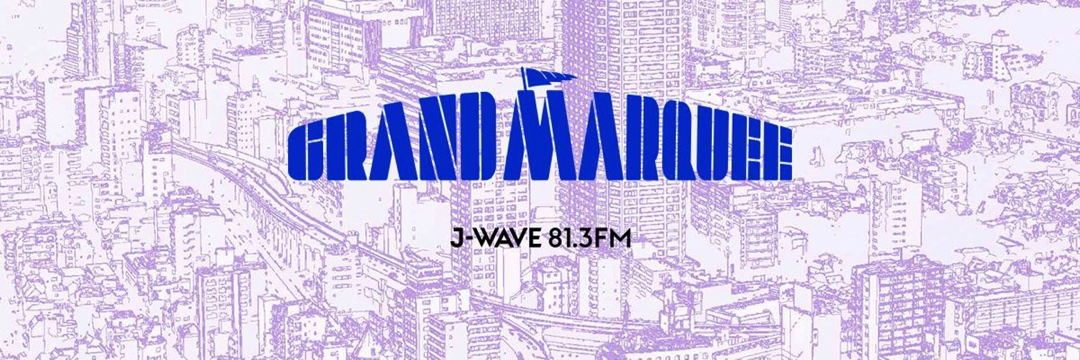
J-WAVE (81.3FM) Mon-Thu 16:00 – 18:50
Navigator: Shinya Takano, Celeina Ann

